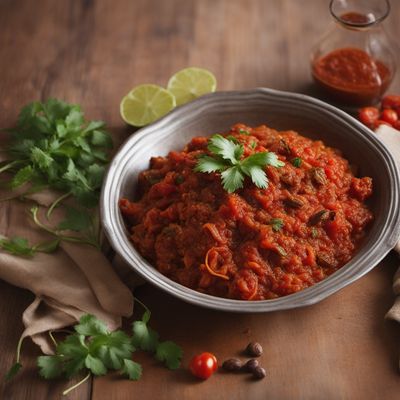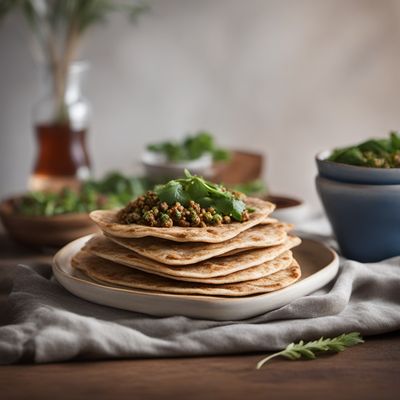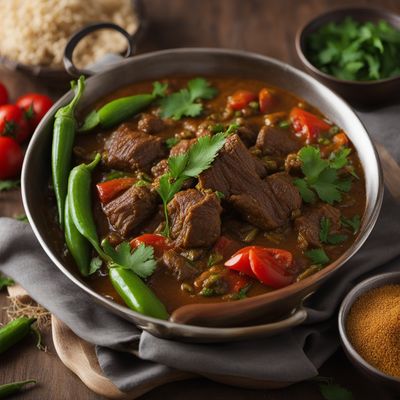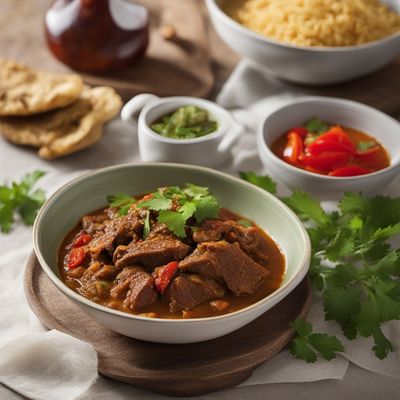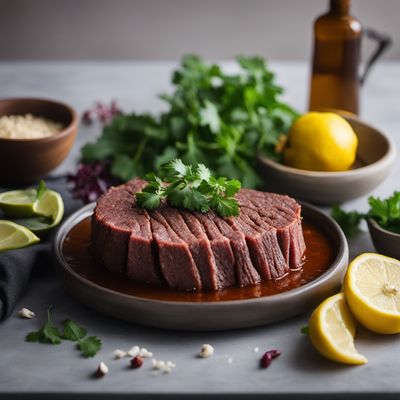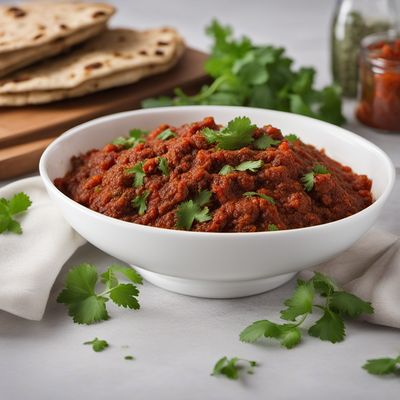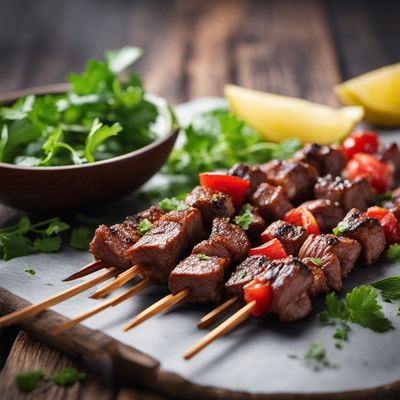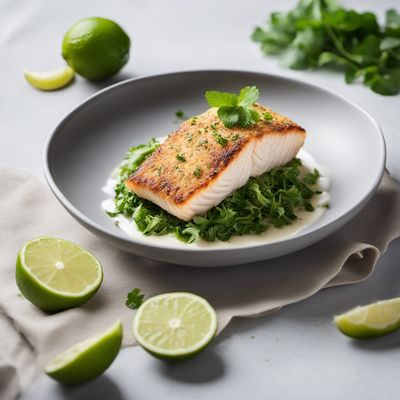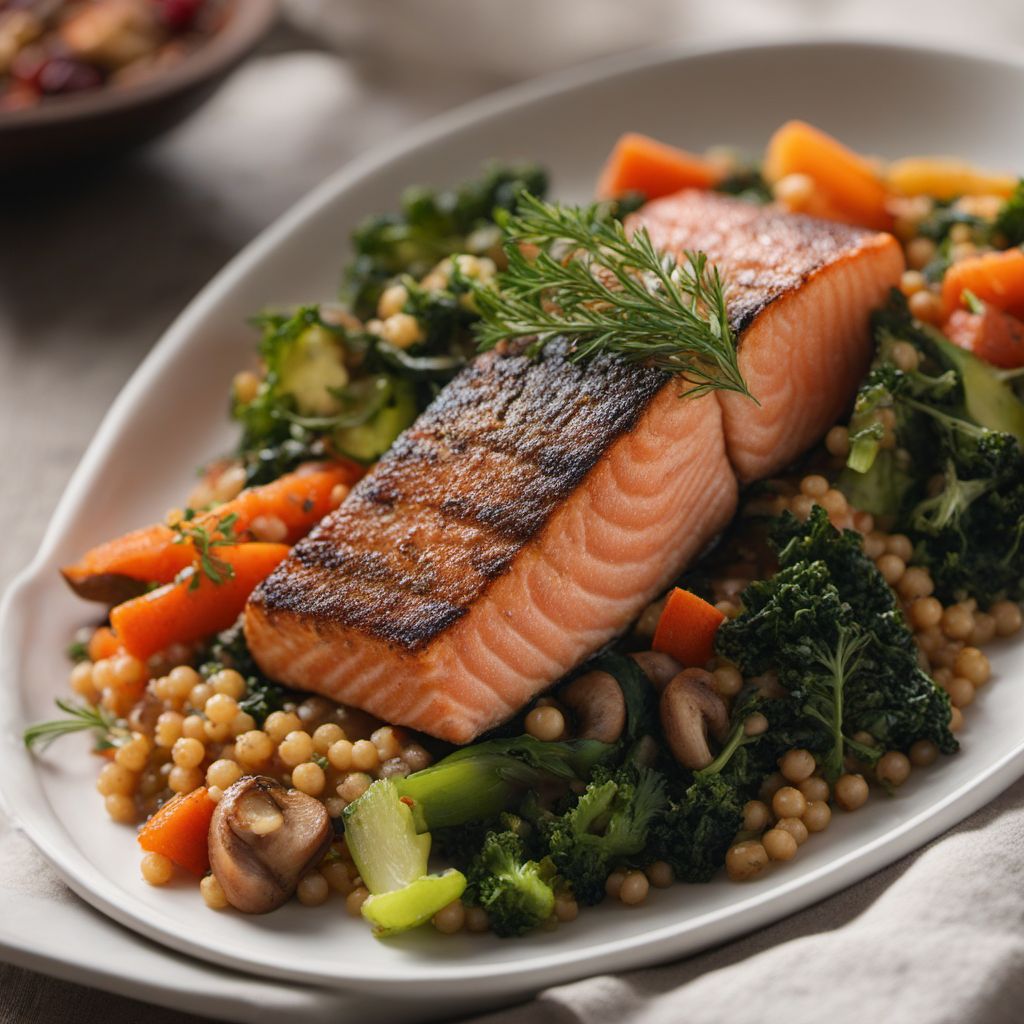
Recipe
Pacific Northwest-inspired Shaaria with Wild Salmon and Seasonal Vegetables
Wild Salmon Harvest Shaaria: A Taste of the Pacific Northwest
4.6 out of 5
Indulge in the flavors of the Pacific Northwest with this delightful twist on the traditional Sudanese dish, Shaaria. This recipe combines the richness of wild salmon, the freshness of seasonal vegetables, and the comforting warmth of aromatic spices, creating a fusion of cultures that will transport your taste buds to the lush landscapes of the Pacific Northwest.
Metadata
Preparation time
20 minutes
Cooking time
15 minutes
Total time
35 minutes
Yields
4 servings
Preparation difficulty
Medium
Suitable for
Pescatarian, Dairy-free, Gluten-free (if using gluten-free vegetable broth and couscous), Nut-free, Low-calorie
Allergens
Fish (salmon)
Not suitable for
Vegan, Vegetarian, Paleo, Keto, High-carb
Ingredients
In this Pacific Northwest adaptation of Shaaria, we substitute the traditional Sudanese meat with wild salmon, a staple of the region. The original dish's spices are enhanced with local flavors such as dill, thyme, and smoked paprika, which add a unique twist to the recipe. Additionally, we incorporate seasonal vegetables commonly found in the Pacific Northwest, such as kale, mushrooms, and roasted root vegetables, to create a dish that reflects the region's culinary identity. We alse have the original recipe for Shaaria, so you can check it out.
-
1 lb (450g) wild salmon fillets 1 lb (450g) wild salmon fillets
-
2 cups (470ml) vegetable broth 2 cups (470ml) vegetable broth
-
1 cup (240ml) water 1 cup (240ml) water
-
1 cup (185g) pearl couscous 1 cup (185g) pearl couscous
-
1 cup (150g) sliced mushrooms 1 cup (150g) sliced mushrooms
-
2 cups (60g) chopped kale 2 cups (60g) chopped kale
-
1 cup (150g) roasted root vegetables (carrots, parsnips, beets) 1 cup (150g) roasted root vegetables (carrots, parsnips, beets)
-
2 tablespoons (30ml) olive oil 2 tablespoons (30ml) olive oil
-
1 tablespoon (15g) butter 1 tablespoon (15g) butter
-
1 teaspoon (5g) smoked paprika 1 teaspoon (5g) smoked paprika
-
1 teaspoon (2g) dried dill 1 teaspoon (2g) dried dill
-
1 teaspoon (2g) dried thyme 1 teaspoon (2g) dried thyme
-
Salt and pepper to taste Salt and pepper to taste
Nutrition
- Calories (kcal / KJ): 350 kcal / 1465 KJ
- Fat (total, saturated): 15g, 3g
- Carbohydrates (total, sugars): 25g, 3g
- Protein: 28g
- Fiber: 4g
- Salt: 1g
Preparation
-
1.Preheat the oven to 400°F (200°C).
-
2.Season the wild salmon fillets with salt, pepper, and smoked paprika. Place them on a baking sheet lined with parchment paper and bake for 12-15 minutes, or until cooked through.
-
3.In a large pot, heat the olive oil and butter over medium heat. Add the sliced mushrooms and cook until golden brown.
-
4.Add the pearl couscous to the pot and toast for a few minutes, stirring occasionally.
-
5.Pour in the vegetable broth and water, then add the dried dill and thyme. Bring to a boil, then reduce the heat to low and simmer for 10-12 minutes, or until the couscous is tender.
-
6.Stir in the chopped kale and roasted root vegetables. Cook for an additional 2-3 minutes, until the kale is wilted.
-
7.Remove the baked salmon from the oven and flake it into large chunks.
-
8.Gently fold the salmon into the pot with the couscous and vegetables.
-
9.Season with salt and pepper to taste.
-
10.Serve the Pacific Northwest-inspired Shaaria hot, garnished with fresh dill sprigs.
Treat your ingredients with care...
- Wild salmon — To ensure the salmon stays moist and flavorful, avoid overcooking it. Check for doneness by gently flaking the fish with a fork. It should be opaque and easily flake apart.
- Pearl couscous — Toasting the couscous before cooking enhances its nutty flavor. Keep an eye on it while toasting to prevent burning.
- Kale — Remove the tough stems before chopping the kale. Massage the leaves with a bit of olive oil to soften them and enhance their flavor.
Tips & Tricks
- For a smokier flavor, you can use hot-smoked salmon instead of baking it.
- Experiment with different seasonal vegetables based on what's available in your area.
- Add a squeeze of fresh lemon juice before serving to brighten the flavors.
- If you prefer a spicier kick, sprinkle some red pepper flakes over the dish.
- Leftovers can be enjoyed cold as a refreshing salad the next day.
Serving advice
Serve the Pacific Northwest-inspired Shaaria as a main course, accompanied by a side salad of mixed greens dressed with a light vinaigrette. Pair it with a crusty bread or a side of wild rice pilaf for a complete and satisfying meal.
Presentation advice
To elevate the presentation, arrange the flaked salmon on top of the couscous and vegetables, garnish with fresh dill sprigs, and drizzle with a touch of olive oil. Serve it in individual bowls or on a large platter for sharing.
More recipes...
For Sudanese cuisine » Browse all
For Pacific Northwest cuisine » Browse all
More Sudanese cuisine dishes » Browse all
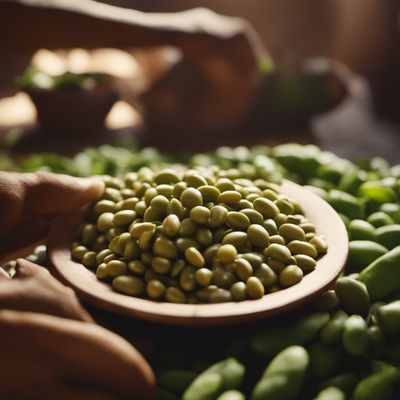
Ful sudani
Sudanese Fava Beans
Ful sudani is a traditional Sudanese dish that is typically served for breakfast or lunch. This hearty dish is made with fava beans, spices, and a...
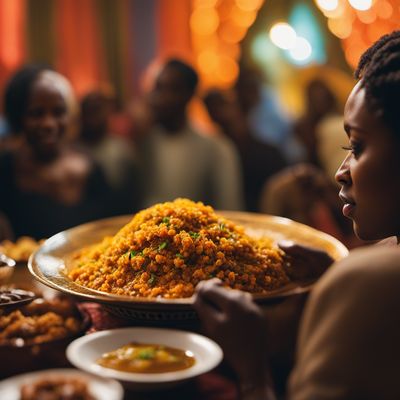
Gamula
Gamula is a traditional Ethiopian dish that is perfect for any occasion. It is a spicy and flavorful meal that is sure to satisfy your taste buds.

Kisra
Kisra is a traditional Sudanese flatbread that is made with a combination of sorghum flour, water, and salt. It is a staple food in Sudan and is...
More Pacific Northwest cuisine dishes » Browse all
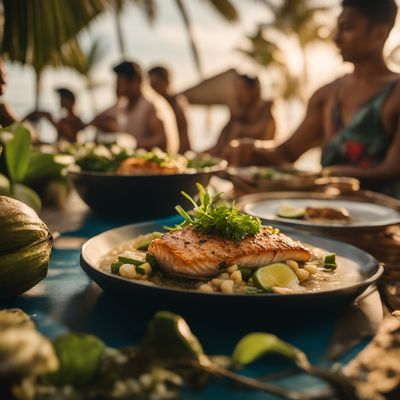
Kokoda
Coconut Fish
Kokoda is a traditional Fijian dish made with raw fish marinated in lime juice and coconut cream. It is a refreshing and flavorful dish that is...

Poisson cru
Raw Fish Salad
Poisson cru is a traditional dish from French Polynesia made with raw fish, coconut milk, and lime juice. It is a light and refreshing dish that...
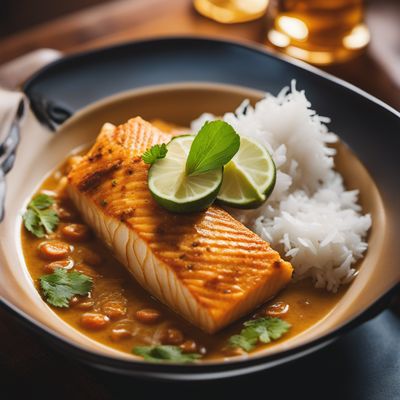
Coconut Fish
Coconut fish is a tropical dish that is made with fresh fish and coconut milk. It is a creamy and flavorful dish that is often served with rice or noodles.
